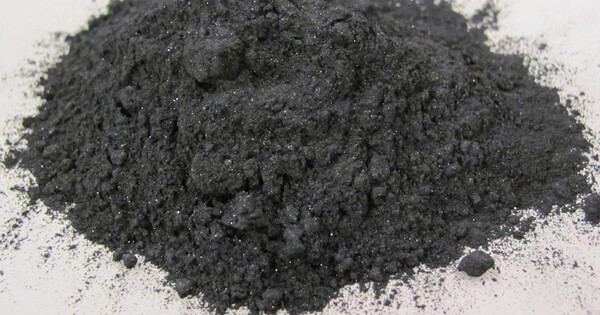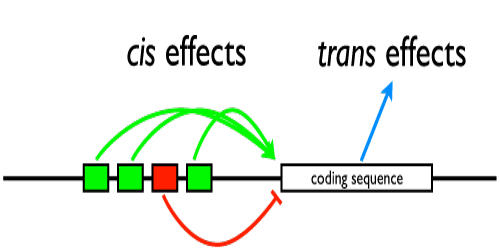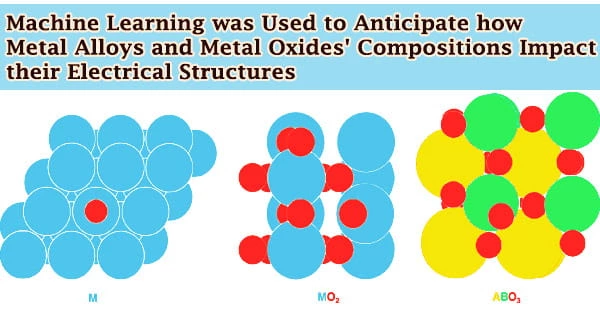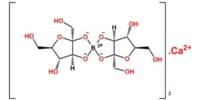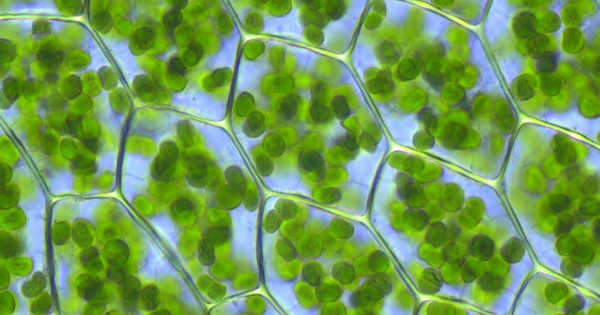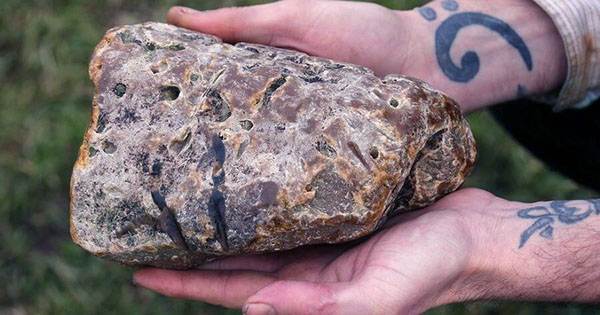Antimony trisulfide (Sb2S3) occurs naturally as the crystalline mineral stibnite and the amorphous red mineral (really a mineraloid), metastibnite. It is intended for use in safety matches, military ammunition, explosives, and fireworks. It is also used to produce ruby-colored glass and as a flame retardant in plastics.
It usually appears as a dark grey or black crystalline solid. It sublimates (transforms from solid to gas without becoming liquid) at roughly 550°C. It occurs naturally as the mineral stibnite, which is the principal source of antimony.
Antimony trisulfide is typically formed by the direct interaction of elemental antimony and sulfur at elevated temperatures.
Properties
- Chemical formula: Sb2S3
- Molar mass: 339.70 g·mol−1
- Appearance: Grey or black orthorhombic crystals (stibnite)
- Density: 4.562g cm−3 (stibnite)
- Melting point: 550 °C (1,022 °F; 823 K) (stibnite)
- Boiling point: 1,150 °C (2,100 °F; 1,420 K)
- Solubility in water: 0.00017 g/(100 mL) (18 °C)
Uses
- Pyrotechnics: It is used in fireworks and matches for its ability to produce a bright flame.
- Pigments: It is used in some pigments for glass and ceramics.
- Semiconductors: Occasionally used in semiconductor technology due to its unique electrical properties.
- Flame Retardants: Added to materials to improve their flame resistance.
Safety
- Toxicity: It can be toxic if inhaled or ingested. It can cause irritation to the eyes, skin, and respiratory system.
- Environmental Impact: As a heavy metal compound, it poses potential environmental risks if not managed properly.
Chemistry
- Reactivity: It reacts with strong acids to form hydrogen sulfide (H₂S) gas, which is toxic and flammable.
- Reduction and Oxidation: Can be reduced to metallic antimony or oxidized to antimony oxides under different conditions.
